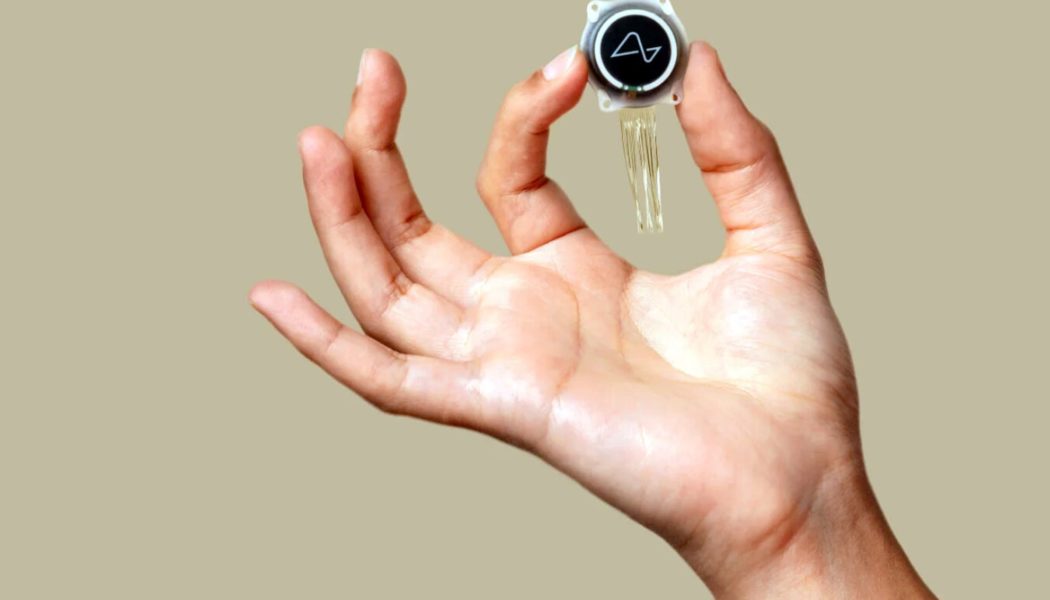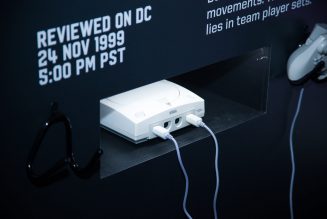The company’s first human patient said the technology has changed his life but that ‘there’s still a lot of work to be done.’
Share this story

Elon Musk’s brain-computer interface company has released a video purporting to show the first human patient using Neuralink’s brain implant to control a mouse cursor and play a game of chess.
The patient, identified as 29-year-old Noland Arbaugh, said he was injured in a diving accident eight years ago that paralyzed him below the shoulders. Arbaugh describes using the Neuralink implant as like using the Force from the Star Wars franchise, allowing him to “just stare somewhere on the screen” and move the cursor where he wants.
Elon Musk, who founded Neuralink in 2016, retweeted the video of Arbaugh and said it demonstrated “telepathy.”
In addition to playing chess, Arbaugh said the Neuralink implant had also allowed him to play the video game Civilization VI for eight hours straight, though he was limited by having to wait for the implant to charge. The US Food and Drug Administration (FDA) gave Neuralink permission to conduct in-human clinical trials last year, and shortly afterwards the company announced that it was seeking test subjects for an initial six-year trial.
The video marks the first time Neuralink has shared footage of a human using its brain implant, after Musk announced in January that the first trial participant was “recovering well” after having the technology implanted. It comes a little under three years after the company released a video that showed a monkey controlling an on-screen cursor to play Pong using the technology.
This kind of control via a brain-computer interface isn’t entirely new; The Wall Street Journal notes that in 2004 a paralyzed person was also able to move a cursor thanks to help from a brain-computer interface. But this earlier iteration of the technology wasn’t able to transmit data wirelessly like Neuralink, and relied on wires protruding through the skin. The fact that Arbaugh was able to hold a conversation while moving the cursor is also notable, according to the WSJ.
“It’s certainly a good starting point,” Wisconsin Institute for Translational Neuroengineering co-director Kip Ludwig tells Reuters. However, he denied that the demo represents a “breakthrough.” Other companies like BlackRock and Synchron have also demonstrated how paralyzed patients can use brain-computer interfaces to control electronic devices, though Synchron’s less-invasive approach may not be able to gather as much neural data, according to the WSJ. Paradromics and Precision Neuroscience are also working on brain implants to compete with Neuralink.
Neuralink has been criticized for the way it’s conducted its trials, with critics pointing towards a lack of transparency around elements like the number of subjects or what outcomes it’s assessing, Wired notes. The company’s previous experiments on monkeys have also been the subject of controversy, including reports that animals involved in the trials had to be euthanized after suffering complications including brain bleeds, “bloody diarrhea, partial paralysis, and cerebral edema.”
Although Neuralink is initially being pitched as an assistive technology, Musk has said he eventually wants it to be implanted into perfectly healthy people to enhance their capabilities. But that’s still a long ways off.
Arbaugh admitted that “there’s still a lot of work to be done” and that the team “have run into some issues.” But he also says that the implant “has already changed my life.”









